Twice Around The Clock On A Kymco K-Pipe 125

Slow and steady wins the race. right?
Never again. That’s what I told myself after the debacle that was Team MO’s attempt at the inaugural United Mini Racing Association’s 24-hour race last year aboard our diabolical Project Honda Grom. I was done with this crap. Never had I been so mentally and physically exhausted in my life, and it was all from wrestling around the worst handling motorcycle all of us on staff had ever ridden while trying to save face for MO’s reputation and not completely embarrass ourselves (the jury is still out on whether we succeeded).
It wasn’t Honda’s fault, of course (can’t stress that enough), but a result of slapping a bunch of unproven parts on a bike two days before the race with zero time to test it. Regular MO readers are likely familiar with the tale. If you’re new to the saga, go back and click the link above to catch yourself up.
Sucked into the Rabbit Hole
For the next six months I held firm that the 2016 edition of the 24-hour race wouldn’t have me in it. I’d much rather be sleeping in the comfort of my own bed at 3am, serenaded by the cries of my infant daughter, than twisting myself into a pretzel while wearing a dead cow and racing around in circles. But time has a funny way of easing certain pains, and slowly I replaced my angst with thoughts of redemption.
That’s where Peter Kimmanee comes in. The South Carolina resident was a member of the race-winning team from last year and also happens to live minutes away from Kymco USA headquarters. He contacted me with a plan: to race the new-to-the-U.S. Kymco K-Pipe 125 in the 24-hour. Pete met with Kymco to gauge interest and offered this selling point: It’d be a great way to introduce riders, especially youth, to mini racing, and it would be great exposure for the latest 125cc playbike to compete with the Honda Grom and Kawasaki Z125. As an added bonus, due to the K-Pipe’s 17-inch wheels, it’d be more familiar to riders who move up to big bikes. Kymco agreed and lent three bikes to Pete. One to race, the others to provide spare parts if needed since the bikes were still so new to the country.
Pete invited the entire MO staff to be riders on the team. Initial reaction was positive, as nearly everyone jumped at the chance to have another go at a 24-hour (Burns, being smart, the lone holdout). But as the weeks went on, my fellow MOrons dropped by the wayside, some due to other commitments, others still scarred from our experience last year.
Big Sean Alexander held firm, and so too did John Ryti, our ace mechanic and pit board operator last year who begged for a chance to ride this year. From there, Kimmanee drafted his friends Lance Hashida, Saul Martinez, Bill Oney, and Carlos Verdenelli to round out the team.
As for the bike, Kimmanee’s approach was very different from the one we took last year. Instead of jumping in, full steam ahead, and throwing parts at the K-Pipe, Pete’s style was more minimalistic. All the ancillaries required for street riding were stripped, of course, and apart from fitting a homemade exhaust canister and making some jetting changes (the K-Pipe is carbureted, after all…), the 123.7cc, SOHC, two-valve engine was left alone.
Suspension wise, Pete’s brilliance compared to ours shone through again. Unlike our Project Honda Grom experiment, which went south the moment we messed with the fork – Pete, with the advice of suspension specialist Rick Tannenbaum of Cogent Dynamics, left the K-Pipe’s fork completely stock. Tannenbaum did make a custom shock for the Kymco, however, but he had the actual bike at his disposal to take proper measurements, unlike our Grom project.
Other upgrades included a Pro Taper handlebar and a custom steel-braided brake line supplied by Temecula Motorcycle Service (with end fittings installed by Ryti himself). Chris Jensen of SBS Brakes did some digging and discovered a pair of RS sintered brake pads that would fit the K-Pipe and had them express shipped directly from Europe, arriving the day before the race.
And last but not least, Scott Gooch of Viet’s Performance hooked us up with Bridgestone V02 slicks originally intended for 125cc two-stroke grand prix bikes. Though we’d be lucky if our little K-Pipe put out 10 hp, the bike would be on track for a whole day (more if you include practice) so Gooch erred on the side of caution and sent medium compounds instead of soft. Needless to say, traction wasn’t going to be an issue.
Opposites, Continued
Raceday arrived and Grange Motor Circuit is filled with cars, trucks, and camper trailers. Pit lane is filled with awnings, 23 in all, one short of the maximum cut-off, and respective teams getting ready for the ensuing carnage. In only its second year, the UMRA 24-hour race has gained a lot of attention among mini racing orgs across the country, and many bikes and riders traveled from the East Coast to attend. Strolling around the pits it was clear the level of competition this year was more intense than the year prior. The majority of the grid consisted of Honda Groms, XR100s, and Yamaha TTR125s, with a sprinkling of Kawasaki Z125s, Honda NSR50s, a CR85R, CRF150R, and even a team on a Yamaha Zuma 125 scooter!
Course direction would run clockwise this year, opposite from the year prior, and through the luck of the draw I was chosen to start the race. With only a few laps in practice to acclimate to the K-Pipe I knew two things: 1. This bike handled like a proper motorcycle. 2. It was outgunned in power. We weren’t able to get it on a dyno, but we approximate around eight (Shetland) horses to the wheel – about five less than the Groms and Z125s. Add to that the K-Pipe’s wet weight of 223 lbs – 36 lbs more than our Grom last year – and we had a recipe for slowness. In essence the Kymco was the exact opposite of our Project Honda Grom. It was dog slow but at least it could handle.
The plan, then, was simple: keep the gas pinned, brake as little as possible, and circulate until the gas light comes on. The LeMans start had us run through a banner, high school football style, while Kenny Loggins’ Danger Zone played over the PA system (yes, really). It was a bit cheesy, but then again, we’ve all got more than one screw loose if we’re racing mini bikes for 24 hours in the desert heat.
Not in the mood to sprint to my motorcycle, I gingerly jogged over, tapped the starter, and was on my way around the middle of the pack. One by one, however, motorcycles started whizzing by me. I wasn’t exaggerating about the K-Pipe being slow in a straight line.
Eventually the passing calmed down and I was able to settle into a rhythm. The K-Pipe uses a four-speed transmission with a reverse shift pattern; neutral is all the way up, then you tap down to engage the four cogs (this, apparently, does not comply with NHTSA regulations and has since been recalled by Kymco). To add insult to the injury that was our powerless wonder, the bike was geared wrong, too. Peter had to guess on gearing, since he couldn’t come to the track from South Carolina to test it out. Turns out his guess was still too tall, giving us terrible drives out of corners. Another tooth or two in the rear would have been perfect. We still would have been slow, but at least we could get something resembling decent drive out of corners.
It’s true what they say: that it’s more fun to ride a slow bike fast. And while I’d rather ride a fast bike fast, without power to rely on, the Bridgestone slicks would become the only way to salvage a decent lap time. I could put the bike anywhere I wanted, confident the suspension would hold up and the tires would stick. Through the infield section the K-Pipe could make up time, and creative passes around the outside of slower riders were only possible because of the confident chassis and tire package underneath. And though scrubbing speed on a slow bike is to be avoided, the combination of steel-braided line and SBS pads gave incredible, one-finger stopping power.
With 23 bikes of varying speeds flying around a 0.8-mile track, there was never an opportunity for a clear lap. This meant battles were seemingly raging constantly between flocks of riders. Personally, I was engaged in a see-saw battle with a Z125 rider for several laps. I had the pace in the infield, but his better drive and power advantage meant he simply had to twist the throttle to get away from me. I showed him a wheel on numerous occasions, but he never lost focus, and eventually lapped traffic ended our fight.
At the end of nearly two hours of riding, the blinking gas light was my signal to come in. Oddly, after opening the gas cap, there was still plenty of fuel sloshing around – thanks pessimistic fuel gauge! Lesson learned. During my stint I had no idea where we stood. Numerous bikes were falling down around me, and I saw several teams enter the pits while I was still riding around. I knew that was a good sign, but after taking my helmet off, Sean tells me we were in eighth position… overall! My best lap was a 1:13.255. Not fast, but nearly all the bike had considering I was running out of ground clearance before I was running out of tire. Respectable, too, considering it was a struggle just to pass NSR50 riders in a straight line.
Tortoise and the Hare
Even though this is the internet, a complete race recap for the next 22 hours would take entirely too long to write. And in fact much of the race was rather uneventful – except for the four crashes our team suffered. But otherwise, uneventful. Hashida was aboard the K-Pipe for two of the falls, wherein he ran off course and tipped in the dirt. The first time was bad judgement. The second because a 9 year-old girl on a Grom passed him on the inside and ran him wide. The other two falls were the result of overzealous riders from other teams using the Kymco as a berm to make the corner, pinballing our rider in the process. Who says mini racing isn’t cutthroat?
Fortunately, the K-Pipe held strong each of the four times with only minimal damage. But having to stop to assess and potentially fix the bike demoted the team to 18th place at the lowest point. Otherwise, the little K(rack)-Pipe kept on running, and as day faded into night, our stints went longer and longer, with Sean pulling a 130-minute run at one point with gas to spare. The Kymco proved a perfect companion for long runs; its seating position was roomier than the Groms and Z125s in the field, and the stock pegs, while limiting our cornering clearance, didn’t put much of a bend on our knees. Rubber-mounted bars meant hardly a buzz or vibration was felt in our hands – something that can’t be said for the Grom we rode last year with an aftermarket bar setup void of rubber damping – making long stints easily doable.
Those long stints were the only hope we had. Without speed, we had to pound out the laps. By noon on Sunday, 24 hours after the race began, Lance Hashida brought the K-Pipe home in 13th place overall and seventh of 12 in the F5 class, the most popular of the five classes. We had completed 1,041 trouble-free laps (mechanically speaking, anyway), or nearly the equivalent of riding the span of California from tip to tip. Team Squid Hard won the overall honors aboard their Honda CRF150R, putting in a total of 1,179 laps – 38 more than the next best team.
Bring on 2017
The reverse shift pattern was originally thought to be the biggest obstacle to the K-Pipe surviving all 24-hours, but surprisingly everyone adapted quickly and didn’t give the Kymco the accidental downshift that would have sent the piston on a collision course with a valve. It was painfully obvious our bike was down on power compared to the competition, but for a first effort racing in the U.S., Kimmanee and Kymco’s Marketing Manager Peter Jones admitted engine mods were kept to a minimum on purpose as reliability was the main priority here, Kymco considering it hugely important just to cross the finish line. With that job done, Jones and Kimmanee promised more power for next year.
Before the race began, other competitors could be seen snickering at the K-Pipe. Hell, even members of our own team (myself included) snickered a little. But if you stop to consider its durability, impressive handling, comfortable size for a grown adult versus a Grom or Z125, and especially the fact a brand new K-Pipe only costs $1,999 – compared to the $2,999 Kawasaki and $3,199 Honda – those snickers turned to nods of approval.
As for next year, preparations are already underway, as we now know where the bike can improve. Moderately more power, less weight, and proper gearing would make the K-Pipe a contender in the class, as long as we can keep it upright. The best part is that it seems Kimmanee is willing to make them happen, with a whole year to test and tune. Bring on 2017!

Troy's been riding motorcycles and writing about them since 2006, getting his start at Rider Magazine. From there, he moved to Sport Rider Magazine before finally landing at Motorcycle.com in 2011. A lifelong gearhead who didn't fully immerse himself in motorcycles until his teenage years, Troy's interests have always been in technology, performance, and going fast. Naturally, racing was the perfect avenue to combine all three. Troy has been racing nearly as long as he's been riding and has competed at the AMA national level. He's also won multiple club races throughout the country, culminating in a Utah Sport Bike Association championship in 2011. He has been invited as a guest instructor for the Yamaha Champions Riding School, and when he's not out riding, he's either wrenching on bikes or watching MotoGP.
More by Troy Siahaan






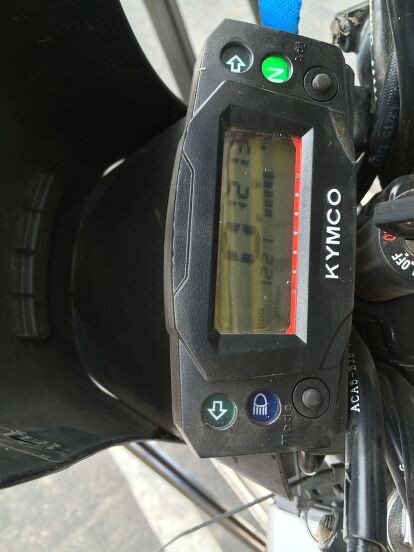









































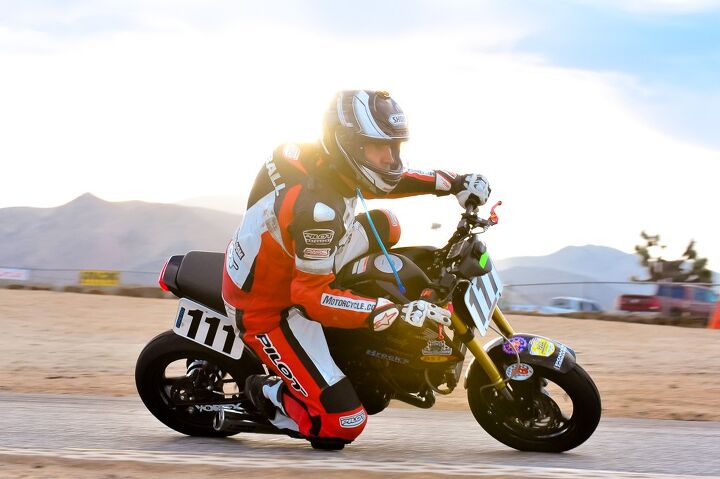




















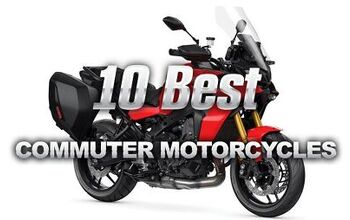
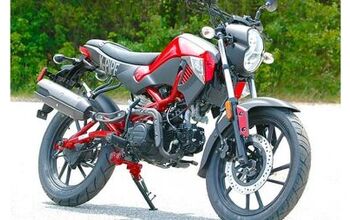
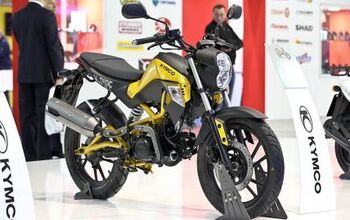





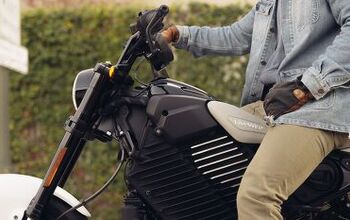
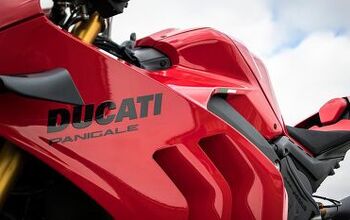

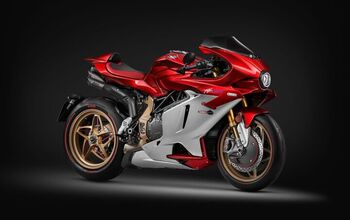




Comments
Join the conversation
I LOVE the K-Pipe, so simple, so lithe
Fun and well-written story, Troy.